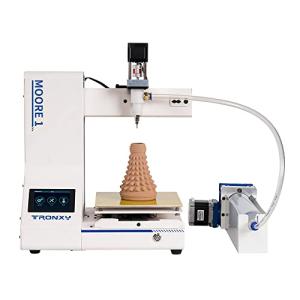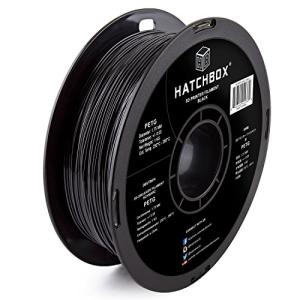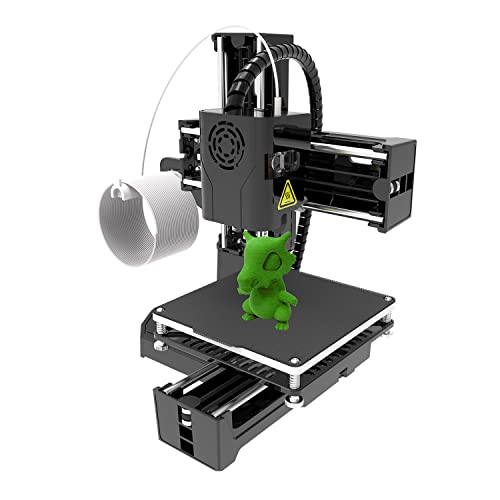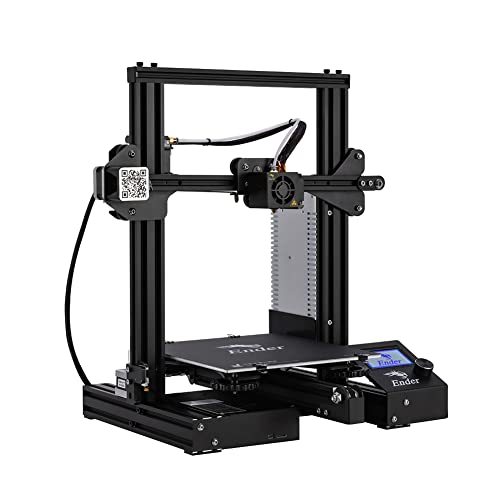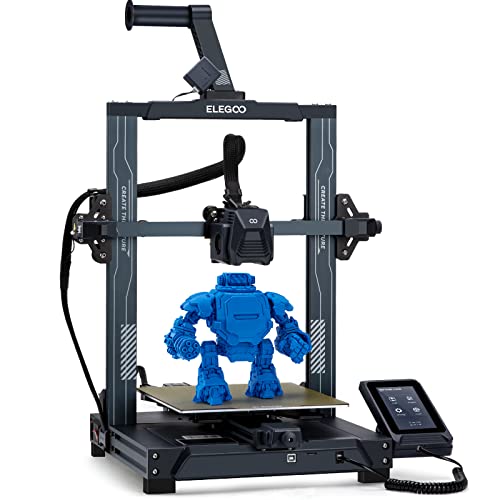When you dive into 3D printing, you'll quickly realize that some hiccups can pop up along the way. Don't worry, though! 3D printer troubleshooting isn't as scary as it sounds. Let's break down some common issues and simple fixes.
First off, if your printer is producing layers that look wavy or uneven, this might be a problem with bed leveling. An unlevel bed can cause all sorts of alignment issues. Grab a piece of paper, and check if it has a slight drag across the bed at every corner. If it doesn’t, it’s time to adjust those leveling knobs until you get a nice, even surface.
Another headache can come from filament jams. If the extruder isn’t pushing the filament through smoothly, you could end up with gaps in your print or even a complete stop. To fix this, clean the nozzle by heating it up and running a cleaning filament through it or using a tiny needle to clear any blockages. Keeping your filament dry and stored properly can prevent jams before they even start!
Lastly, if you're noticing your prints aren't sticking to the bed at all, that can be a real pain. Try adding a layer of glue stick or painter's tape to the build plate. You’d be surprised how something so simple can make a big difference! Adjusting your first layer height slightly can also give you better adhesion.
3D printer troubleshooting is all about patience and a little trial and error. Don't be deterred by these issues; they’re just part of the journey! With these tips, you can tackle the most common problems with confidence.
Tips for Improving Print Quality
Getting great prints from your 3D printer can feel like a bit of a challenge, but with the right tips, you'll be on your way to mastering 3D printer troubleshooting in no time. Start by checking your bed leveling. An uneven bed can lead to poor adhesion and weird layers. Make sure it's leveled before each print. A simple paper test can help you find the sweet spot.
Next up, pay attention to your filament. Old or damp filament can mess with print quality. Store your filaments in airtight containers with desiccants to keep them dry. If you notice inconsistent extrusion, you might need to replace the filament. A quick check of your nozzle can also help. If it’s clogged, clear it out with a cleaning filament or a heated pull.
Another tip is to tweak your print speed and temperature settings. Each printer and filament combo is different, so playing with these variables can make a big difference. Try lowering the speed for intricate prints or adjusting the temperature if layers aren’t sticking together well. This little experimentation can save you a lot of headaches.
Lastly, don’t forget about your printer's maintenance. Regularly clean the nozzle, check the belts for tension, and keep the railways lubricated. A well-maintained printer will perform way better. Staying on top of these simple steps can really enhance your 3D printer troubleshooting skills and lead to higher quality prints. Happy printing!
TRONXY Moore 1 Mini Clay 3D Printer
Bring your creative projects to life with ease using the TRONXY Moore 1 Mini Clay 3D Printer
Product information
$430.00
Product Review Score
4.74 out of 5 stars
18 reviewsProduct links
Quick Solutions for Filament Problems
Filament problems can be a real hassle when you’re diving into 3D printing. Whether it’s jamming, snagging, or inconsistencies, these issues can throw a wrench in your printing plans. Don't worry, though; I’ve got some quick solutions to keep you rolling. Here’s what to look out for during your 3D printer troubleshooting.
First things first, if your filament keeps jamming, check the extruder. Make sure it’s clean and free of debris. A clogged nozzle can mess with the flow, so give that a good clean too. You might also want to adjust the tension on the extruder gear; too tight and it can grind down the filament, too loose and it won't grip properly.
If you notice that the filament is snagging, check how it’s feeding from the spool. A tangled spool can cause all sorts of trouble, so unwind it a bit to see if that fixes the issue. Consider using a spool holder to keep things neat since that can help maintain a smooth feed into the extruder.
Lastly, if you're facing inconsistencies with your 3D prints, humidity and temperature can play a big role. Make sure to store your filament in a cool, dry place. You could also invest in a filament dryer which keeps it in top shape to prevent bumps in your printing process.
HATCHBOX Black PETG 3D Printer Filament 1kg
Get high-quality, reliable prints with this easy-to-use black PETG filament
Product information
$26.00
Product Review Score
4.59 out of 5 stars
15 reviewsProduct links
Maintaining Your 3D Printer Like a Pro
Keeping your 3D printer in top shape is key to avoiding issues down the road. Regular maintenance can save you a ton of headaches when it comes to 3D printer troubleshooting. Start by cleaning the print bed after every project. A clean surface ensures better adhesion and reduces the chances of failed prints. Just grab some isopropyl alcohol and a lint-free cloth—easy peasy!
Also, don’t forget about the nozzle. It can get clogged with filament residue over time, leading to poor print quality. If you notice extruder issues, heating the nozzle and pushing a bit of filament through can often clear it out. If that doesn’t work, you might need a more thorough cleaning. There are some great tutorials on how to clear clogs without damaging your printer.
Lubricating the moving parts is another important step. Use a silicone-based grease on rods and bearings to ensure smooth movements. A well-lubricated printer helps in getting accurate prints and extends the life of your machine. Just be careful not to overdo it; a little goes a long way!
Lastly, always keep an eye on your filament storage. Moisture can ruin filament quality, so store it in a dry and cool spot. If you notice prints coming out less than perfect, check your filament first. This little tip can help you avoid unnecessary 3D printer troubleshooting and keep your projects looking great.
